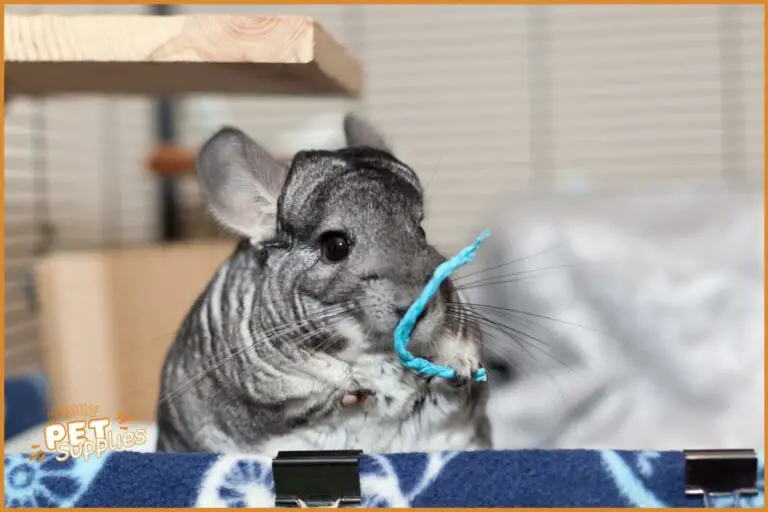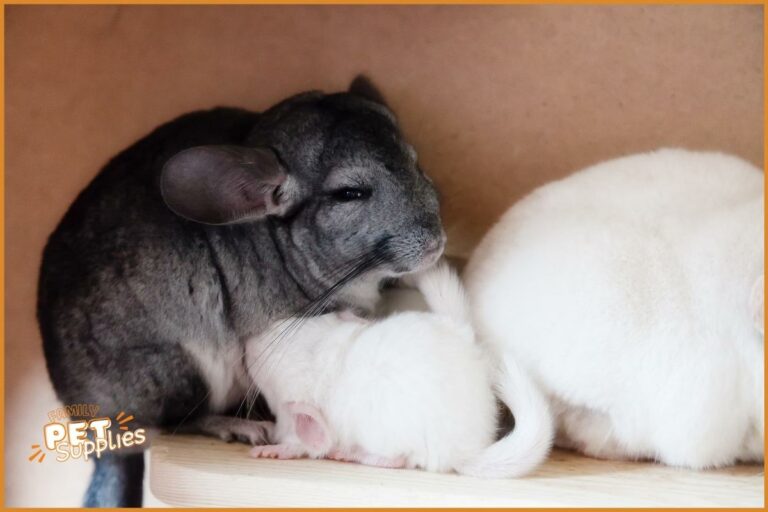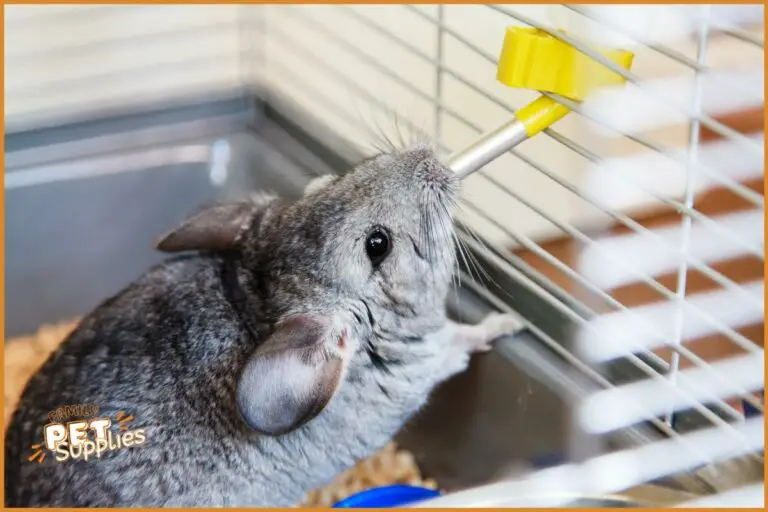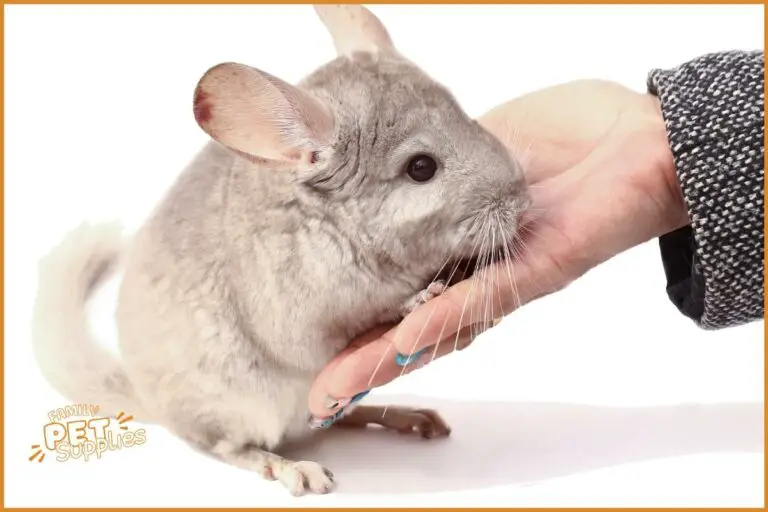Chinchillas communicate in various ways to express how they are feeling. Understanding chinchilla body language and sounds can help you better interact with your pet.
- Eyes – Chinchillas have excellent vision, so their eyes convey a lot. Wide open eyes indicate curiosity, aggression, or fear. Half-closed eyes show contentment and relaxation. Chinchillas also use slow eye blinking as a friendly gesture.
- Ears – Ear positions reflect a chinchilla’s mood. Erect ears demonstrate alertness and interest. Pinned back ears signal fear, aggression or distress. Drooping ears imply sleepiness or boredom. Flicking ears back and forth expresses irritation.
- Tail – A chinchilla’s tail can reveal its emotional state too. A vigorously wagging tail indicates happiness and excitement. A slowly swishing tail shows calmness. A puffed up tail warns of aggression or fear. Holding the tail protectively close to the body is a sign of submission.
- Teeth chattering – Sometimes chinchillas click or chatter their teeth. This is often a sign of contentment, similar to a cat’s purring. However, loud chattering can also express anger, particularly if accompanied by snarling.
- Squeaking and barking – Chinchillas have a variety of vocalizations. Squeaks express pain, distress or irritation. Barks are alarm calls warning of potential danger. Chirps, purrs and whines can convey excitement, pleasure or distress.
Paying attention to your chinchilla’s body language and vocalizations will help you understand its mood and needs better. With time and observation, you will learn your pet’s unique ways of communicating.

























